Home>Gardening & Outdoor>Landscaping Ideas>How Long Can Giardia Live On Grass
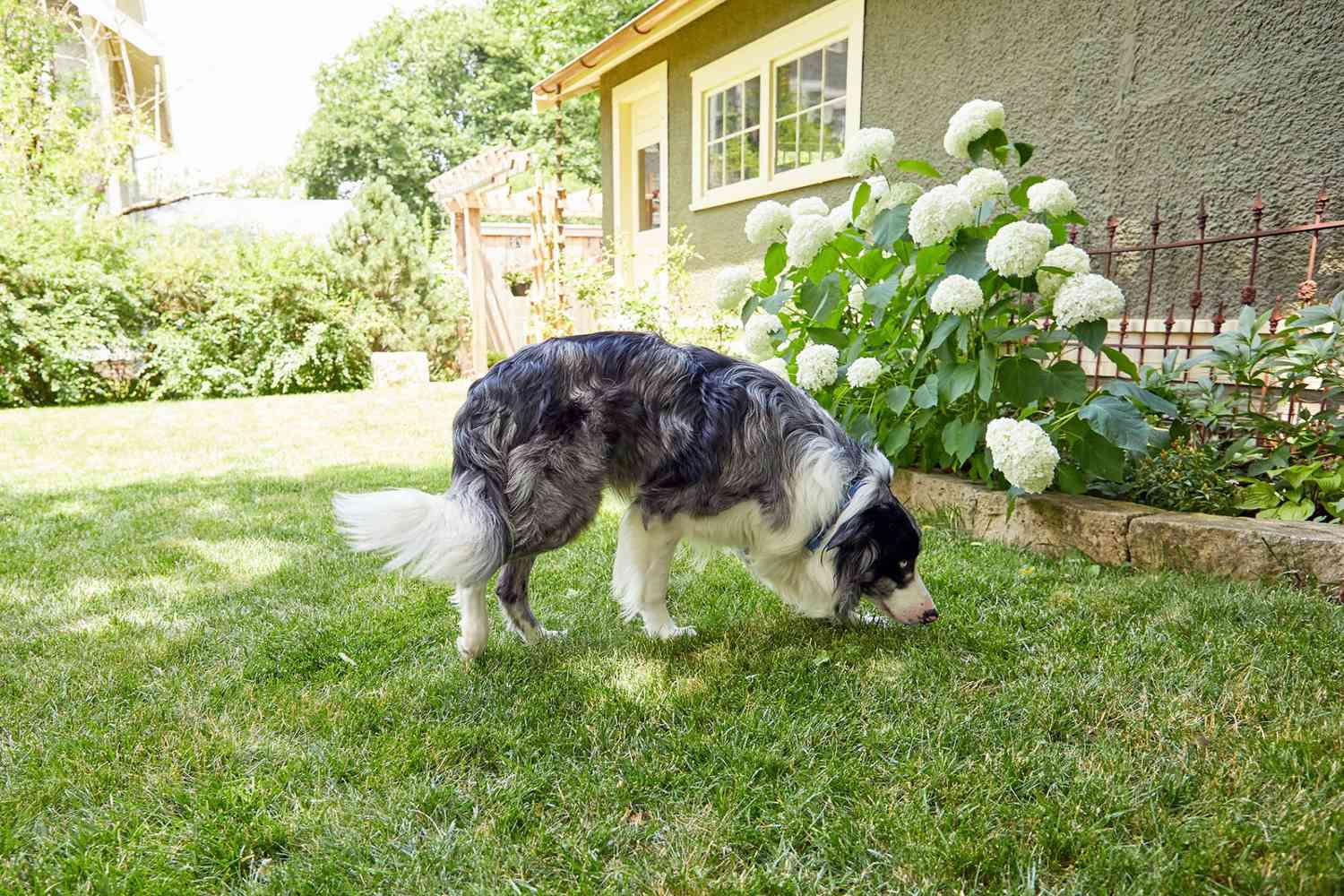

Landscaping Ideas
How Long Can Giardia Live On Grass
Published: February 3, 2024
Learn how long giardia can survive on grass and discover effective landscaping ideas to prevent contamination. Protect your outdoor space with these tips.
(Many of the links in this article redirect to a specific reviewed product. Your purchase of these products through affiliate links helps to generate commission for Storables.com, at no extra cost. Learn more)
Introduction
When it comes to enjoying the great outdoors, picnics, outdoor sports, and simply basking in the sun, the lush green grass beneath our feet is often an integral part of the experience. However, have you ever pondered the potential risks associated with the grassy terrain? In particular, the presence of microscopic organisms such as Giardia may give rise to concerns about the safety of frolicking on the grass. In this article, we delve into the intriguing question of how long Giardia can survive on grass, shedding light on the factors influencing its longevity and the measures that can be taken to mitigate the associated risks. Let's embark on a journey to unravel the mysteries of Giardia and its interaction with the verdant carpets of nature.
Key Takeaways:
- Giardia can survive on grass for varying durations, with moisture, temperature, and organic matter affecting its longevity. Understanding these factors is crucial for minimizing the risk of infection.
- Preventing Giardia infection from contaminated grass involves promoting hygiene, managing environmental cleanliness, and educating communities. By taking proactive measures, we can enjoy the outdoors safely.
Read more: How Long Does Wheatgrass Live
What is Giardia?
Giardia is a genus of microscopic parasites that are found worldwide, thriving in environments ranging from soil and food to water sources. The most common species of Giardia that poses a threat to human and animal health is Giardia lamblia, also known as Giardia intestinalis. This parasite has a unique pear-shaped form and is classified as a protist, belonging to the phylum Sarcomastigophora. Its life cycle involves two stages: a durable cyst stage, which is the infective form, and a motile trophozoite stage, which multiplies within the host’s intestines.
When ingested, typically through contaminated water or food, Giardia cysts can cause a diarrheal illness known as giardiasis. The symptoms of giardiasis may include diarrhea, abdominal cramps, bloating, weight loss, and fatigue. While the infection can affect individuals of all ages, it is particularly concerning for young children, the elderly, and those with weakened immune systems.
Understanding the nature of Giardia and its potential to cause illness underscores the importance of being mindful of its presence in various environments, including grassy areas where people and animals frequently congregate.
How Does Giardia Spread?
Giardia spreads through the ingestion of its cysts, which can be present in contaminated water, food, or soil. Water sources such as rivers, lakes, and untreated or poorly maintained swimming pools can harbor Giardia cysts, posing a risk of infection to individuals who consume or come into contact with the water. Additionally, food items that have been washed or prepared with contaminated water can serve as vehicles for the transmission of Giardia.
Another significant avenue for the spread of Giardia is through the fecal-oral route. This occurs when microscopic particles of fecal matter containing Giardia cysts come into contact with surfaces or objects that are subsequently touched or ingested by humans or animals. In settings where hygiene and sanitation practices are inadequate, such as childcare facilities or areas with poor waste management, the risk of fecal-oral transmission of Giardia is heightened.
Furthermore, the close proximity of domestic and wild animals to human habitats can contribute to the spread of Giardia. Animals infected with Giardia can shed cysts in their feces, contaminating the surrounding environment. This is particularly relevant in areas where livestock, pets, or wildlife have access to communal spaces, including parks, gardens, and recreational areas with grassy terrain.
Understanding the various pathways through which Giardia can spread underscores the need for vigilance and proactive measures to minimize the risk of exposure to this pervasive parasite.
Survival of Giardia on Grass
The survival of Giardia on grass is influenced by a multitude of factors, including environmental conditions and the characteristics of the cysts themselves. When Giardia cysts are deposited onto grassy surfaces through fecal contamination, their ability to persist and remain infective is contingent upon several key variables.
Firstly, the moisture content of the grass plays a pivotal role in the survival of Giardia cysts. Cysts are more likely to endure and retain their viability on damp or wet grass, as the presence of moisture helps shield them from desiccation and environmental stressors. In contrast, under dry conditions, such as during periods of low humidity or intense sunlight, the survivability of Giardia cysts on grass diminishes significantly.
Moreover, the temperature of the surrounding environment can impact the longevity of Giardia cysts on grass. Colder temperatures tend to prolong the survival of the cysts, whereas exposure to elevated temperatures can expedite their inactivation. In regions with temperate or cooler climates, the potential for Giardia cysts to persist on grass for extended periods is heightened, particularly in shaded or sheltered areas where the temperature remains relatively stable.
Additionally, the presence of organic matter and nutrients in the grass can influence the survival of Giardia cysts. Organic debris, such as decaying plant material or animal waste, can provide sustenance for the cysts, potentially prolonging their viability on the grassy substrate. Conversely, well-maintained and clean grass surfaces may offer less favorable conditions for the survival of Giardia cysts.
It is essential to recognize that while Giardia cysts can endure for varying durations on grass, their infectivity diminishes over time. Factors such as exposure to environmental stressors, predation by other organisms, and natural decay contribute to the gradual reduction in the ability of Giardia cysts to cause infection as they persist on grassy surfaces.
Understanding the dynamic interplay between environmental factors and the resilience of Giardia cysts on grass provides valuable insights into the potential risks associated with contaminated outdoor spaces and the measures that can be adopted to mitigate these risks.
Giardia can survive on grass for several weeks, especially in moist conditions. To reduce the risk of infection, avoid letting pets play in areas where giardia may be present and always clean up after them.
Factors Affecting Giardia Survival
The survival of Giardia is subject to a myriad of factors that influence the persistence and viability of its cysts in diverse environments. Understanding these factors is crucial for assessing the risks associated with Giardia contamination and implementing effective preventive measures.
Environmental Conditions: The environmental milieu exerts a profound impact on the survival of Giardia cysts. Moisture levels, temperature, and exposure to ultraviolet (UV) radiation are pivotal determinants of cyst viability. High humidity and moderate temperatures can foster the longevity of Giardia cysts, whereas arid conditions and extreme temperatures can hasten their inactivation. Additionally, exposure to sunlight, particularly UV radiation, can contribute to the degradation of Giardia cysts, diminishing their capacity to cause infection.
Presence of Organic Matter: The availability of organic matter in the surrounding environment can influence the survival of Giardia cysts. Organic debris, such as decaying vegetation and animal waste, may provide nutrients and shelter for the cysts, potentially prolonging their viability. Conversely, environments devoid of organic matter or subjected to regular cleaning and maintenance are less conducive to the survival of Giardia cysts.
Soil and Substrate Characteristics: The composition and properties of the soil or substrate on which Giardia cysts are deposited can impact their survival. Porous or absorbent surfaces may facilitate the retention of moisture, enhancing the longevity of the cysts. In contrast, non-porous or impermeable substrates may limit the ability of cysts to persist and remain infective.
Predation and Microbial Activity: The presence of other organisms, such as microorganisms and invertebrates, can influence the fate of Giardia cysts. Predation by microorganisms or grazing by invertebrates may contribute to the reduction of cysts in the environment. Similarly, microbial activity and competition for resources can affect the survivability of Giardia cysts, as they contend with the complex ecological dynamics of their surroundings.
By comprehending the multifaceted factors that impact the survival of Giardia, individuals and communities can adopt informed strategies to minimize the risks of exposure and transmission. Implementing measures to mitigate these factors, such as promoting cleanliness, managing organic waste, and optimizing environmental hygiene, can contribute to the reduction of Giardia-related hazards in various settings.
Read more: How Long Do Fleas Live In Grass
Risks of Giardia Infection from Contaminated Grass
Contaminated grass poses a notable risk of Giardia infection, particularly in settings where human and animal activities intersect with outdoor environments. The presence of Giardia cysts on grassy surfaces can give rise to a range of potential hazards, underscoring the importance of vigilance and preventive measures to safeguard public health.
Direct Contact and Ingestion: Individuals, especially young children, are susceptible to Giardia infection when they come into direct contact with contaminated grass or inadvertently ingest soil or grass particles. Playgrounds, parks, and recreational areas with grassy lawns serve as common sites for such exposures, heightening the risk of infection among vulnerable populations.
Animal Interactions: The convergence of domestic pets, wildlife, and livestock in grassy spaces can amplify the risks of Giardia transmission. Animals may deposit fecal matter containing Giardia cysts onto the grass, leading to potential contamination. Subsequent interactions between humans and contaminated grass, such as petting animals or engaging in recreational activities, can facilitate the transfer of cysts and elevate the likelihood of infection.
Outdoor Events and Gatherings: Events held in outdoor venues with grassy expanses, including picnics, festivals, and sports activities, present scenarios where individuals may be exposed to Giardia-contaminated grass. The congregation of people, coupled with the potential for inadequate sanitation facilities and waste management practices, can heighten the risk of Giardia infection, particularly if preventive measures are not diligently observed.
Environmental Persistence: The resilience of Giardia cysts on grass, influenced by factors such as moisture content and organic matter, contributes to their potential to persist in the environment. This persistence extends the window of opportunity for human and animal exposure to contaminated grass, amplifying the risks of Giardia infection over time.
Recognizing the risks associated with Giardia contamination in grassy environments underscores the need for proactive measures to mitigate these hazards. By promoting awareness, implementing effective hygiene practices, and fostering responsible stewardship of outdoor spaces, communities can work towards minimizing the threats posed by Giardia and safeguarding the well-being of individuals and animals alike.
Preventing Giardia Infection from Grass
Implementing proactive measures to prevent Giardia infection from contaminated grass is essential for safeguarding public health and promoting a safe outdoor environment. By adopting a multi-faceted approach that encompasses awareness, hygiene practices, and environmental stewardship, individuals and communities can mitigate the risks associated with Giardia contamination in grassy areas.
Hygiene and Personal Practices: Encouraging proper hygiene practices, such as handwashing with soap and water after outdoor activities, can help reduce the likelihood of Giardia transmission. Educating individuals, particularly young children, about the importance of avoiding direct contact with grass and soil, as well as refraining from ingesting these materials, is crucial for minimizing the risk of infection.
Environmental Management: Regular maintenance and cleaning of outdoor spaces, including parks, playgrounds, and recreational areas with grassy terrain, can contribute to the reduction of Giardia contamination. Prompt removal of animal waste, proper disposal of organic debris, and routine sanitation measures help mitigate the presence of Giardia cysts in the environment, thereby diminishing the risk of transmission to humans and animals.
Animal Welfare and Supervision: Promoting responsible pet ownership and ensuring the proper management of animals in public spaces are integral to preventing Giardia transmission from contaminated grass. Measures such as prompt removal of pet waste, adherence to leash regulations, and regular veterinary care for companion animals can mitigate the potential for environmental contamination with Giardia cysts.
Water Source Protection: Given the propensity of Giardia to spread through contaminated water, safeguarding water sources in outdoor settings is paramount. Implementing measures to prevent runoff and pollution of water bodies from grassy areas, as well as promoting the use of safe and treated water for recreational activities, contributes to reducing the risk of Giardia infection associated with outdoor water sources.
Community Engagement and Education: Fostering community engagement through educational initiatives, public awareness campaigns, and collaborative efforts with local authorities can enhance the collective understanding of Giardia risks and preventive strategies. By empowering individuals to make informed choices and advocating for the responsible stewardship of outdoor spaces, communities can work towards creating safer and more hygienic environments.
By integrating these preventive measures into everyday practices and community initiatives, the risks of Giardia infection from contaminated grass can be mitigated, fostering a harmonious coexistence with nature and promoting the well-being of all who enjoy the outdoor splendor of grassy landscapes.
Conclusion
The intricate interplay between Giardia and the verdant realm of grassy landscapes unveils a compelling narrative of potential risks and preventive measures. From the resilient survival of Giardia cysts on grass to the multifaceted factors influencing their viability, the dynamics of this microscopic parasite in outdoor environments underscore the importance of informed stewardship and proactive vigilance.
Understanding the nature of Giardia, its modes of transmission, and the risks associated with contaminated grass illuminates the path towards effective prevention and mitigation. By embracing a holistic approach that encompasses hygiene practices, environmental management, animal welfare, and community engagement, individuals and communities can work towards fostering safer and more hygienic outdoor spaces. Through education, advocacy, and responsible action, the risks of Giardia infection from contaminated grass can be minimized, nurturing environments where the beauty of nature converges with the assurance of public health.
As we navigate the boundless allure of grassy terrains, let us embark on this journey with a shared commitment to preserving the splendor of nature while safeguarding the well-being of all who revel in its embrace. By embracing the principles of awareness, stewardship, and collective responsibility, we can cultivate environments where the lush expanse of grass serves as a sanctuary of beauty and vitality, free from the perils of microscopic adversaries.
Frequently Asked Questions about How Long Can Giardia Live On Grass
Was this page helpful?
At Storables.com, we guarantee accurate and reliable information. Our content, validated by Expert Board Contributors, is crafted following stringent Editorial Policies. We're committed to providing you with well-researched, expert-backed insights for all your informational needs.
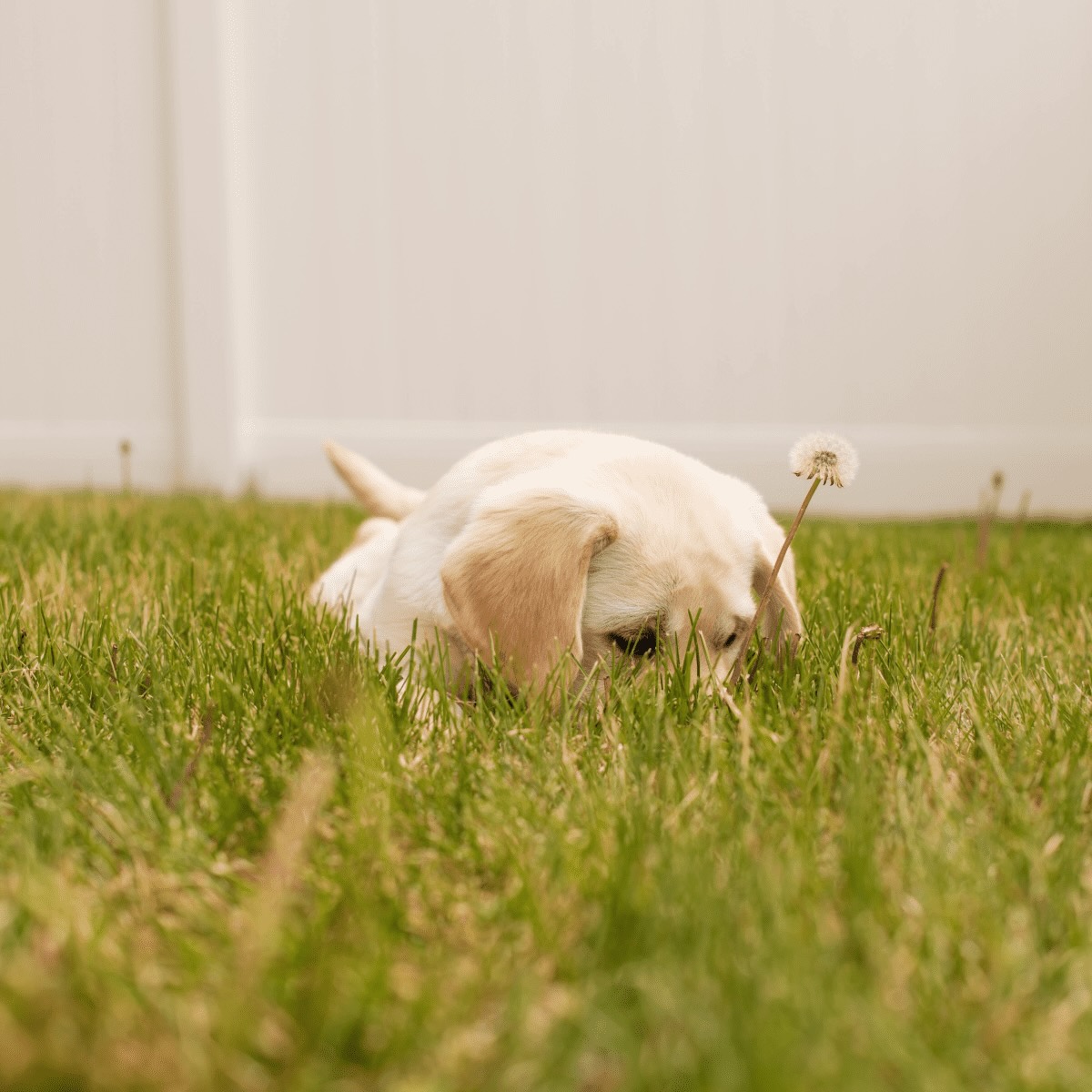
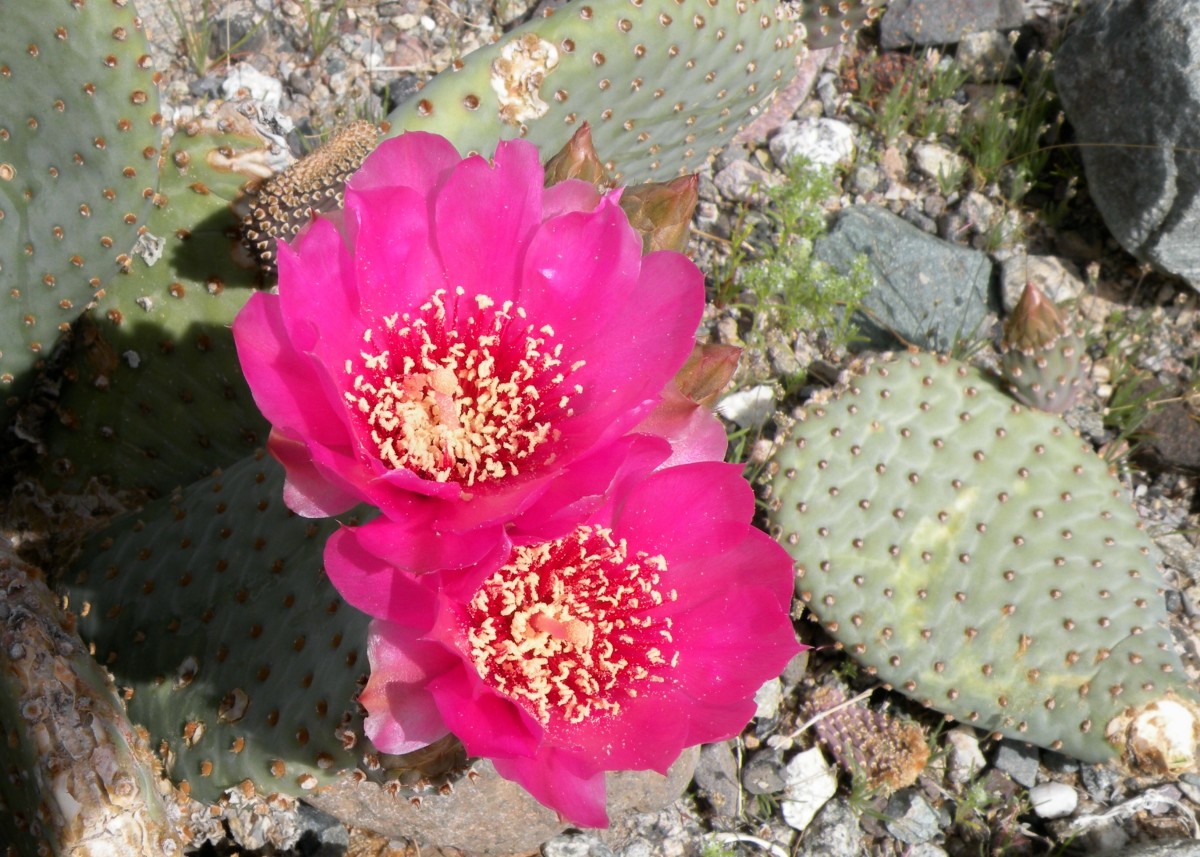
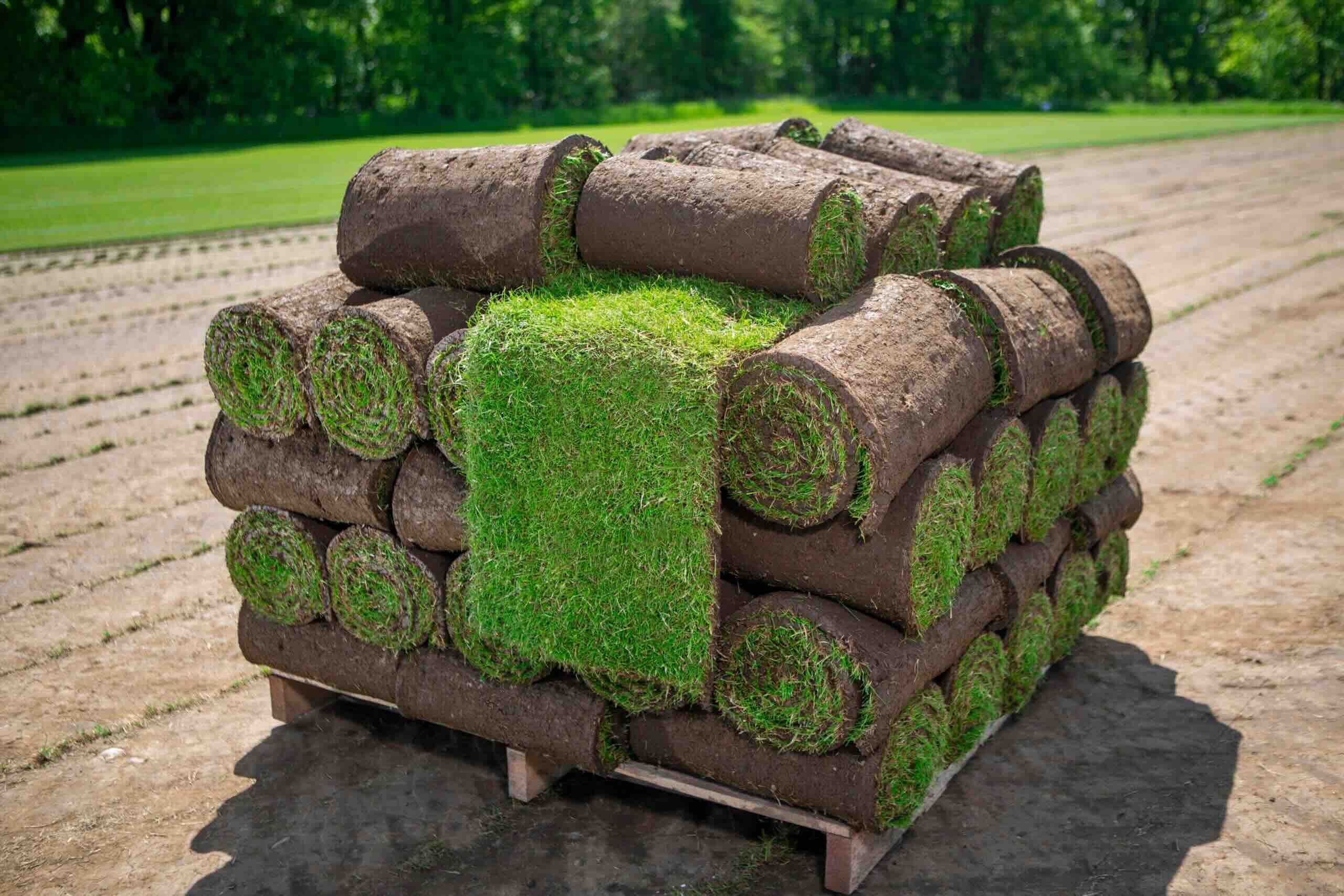
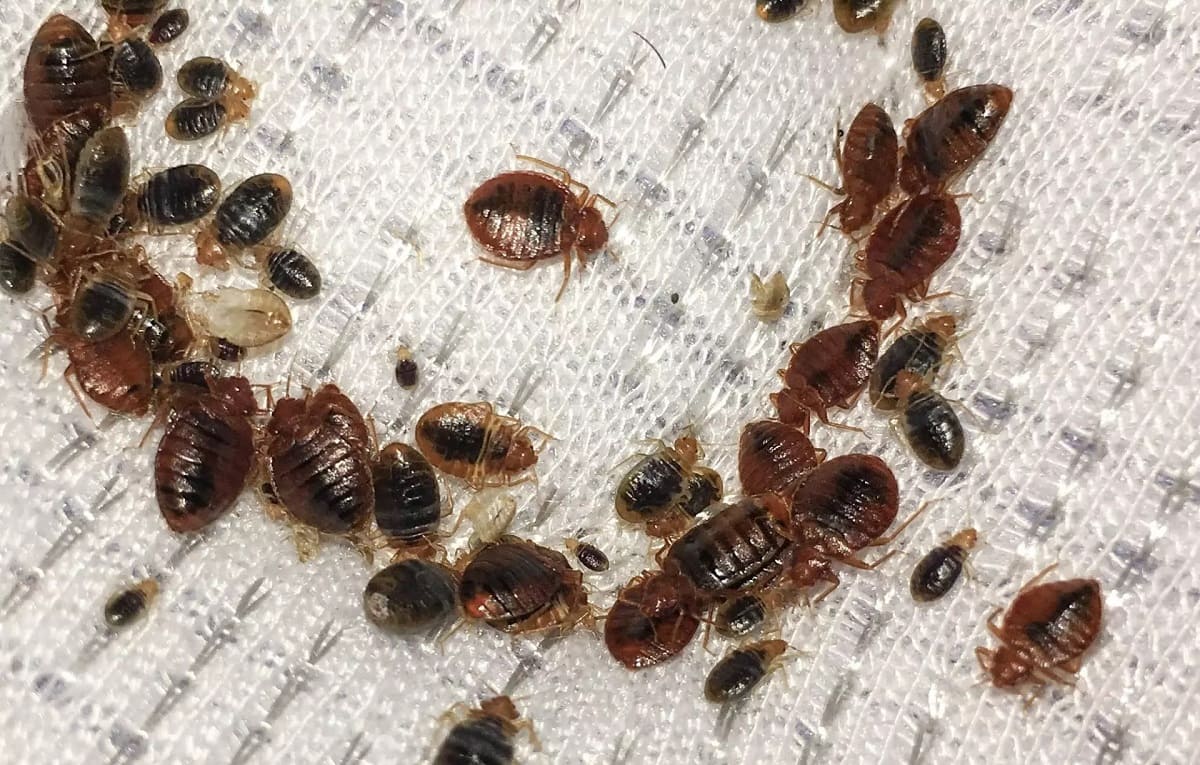

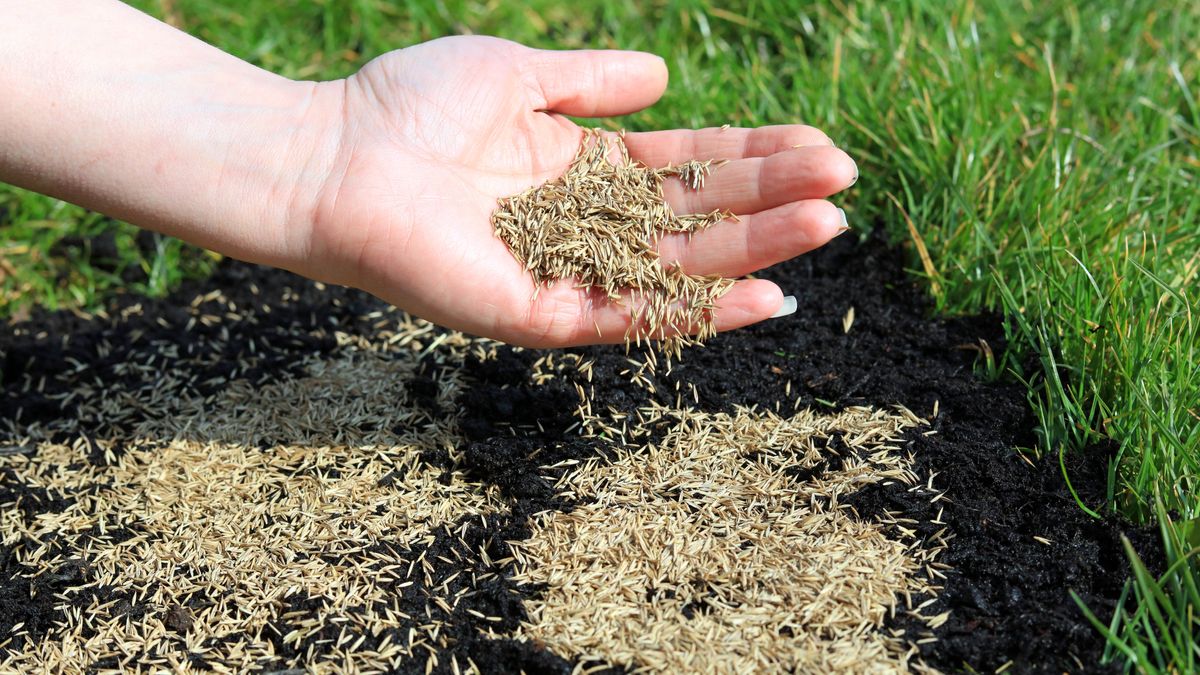

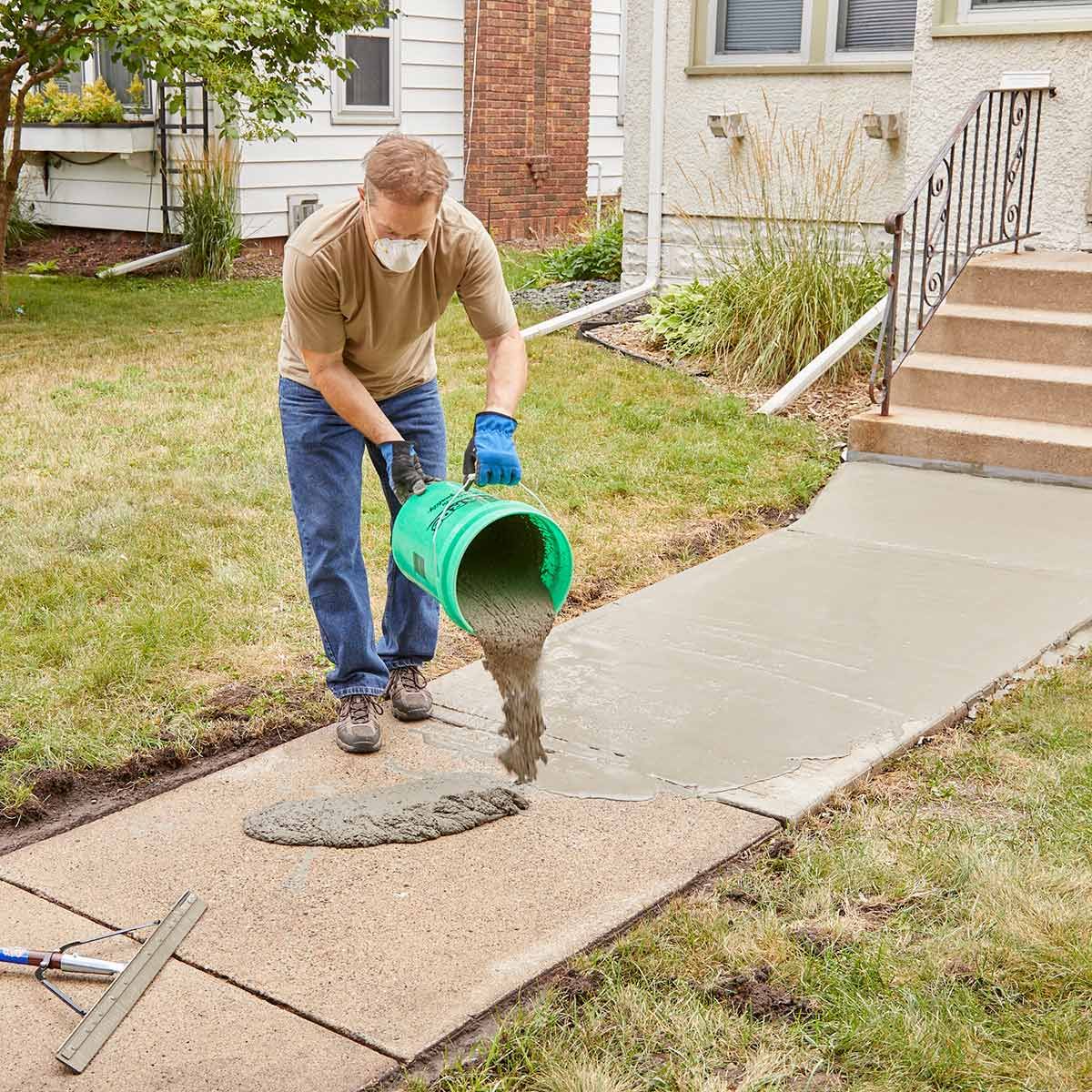




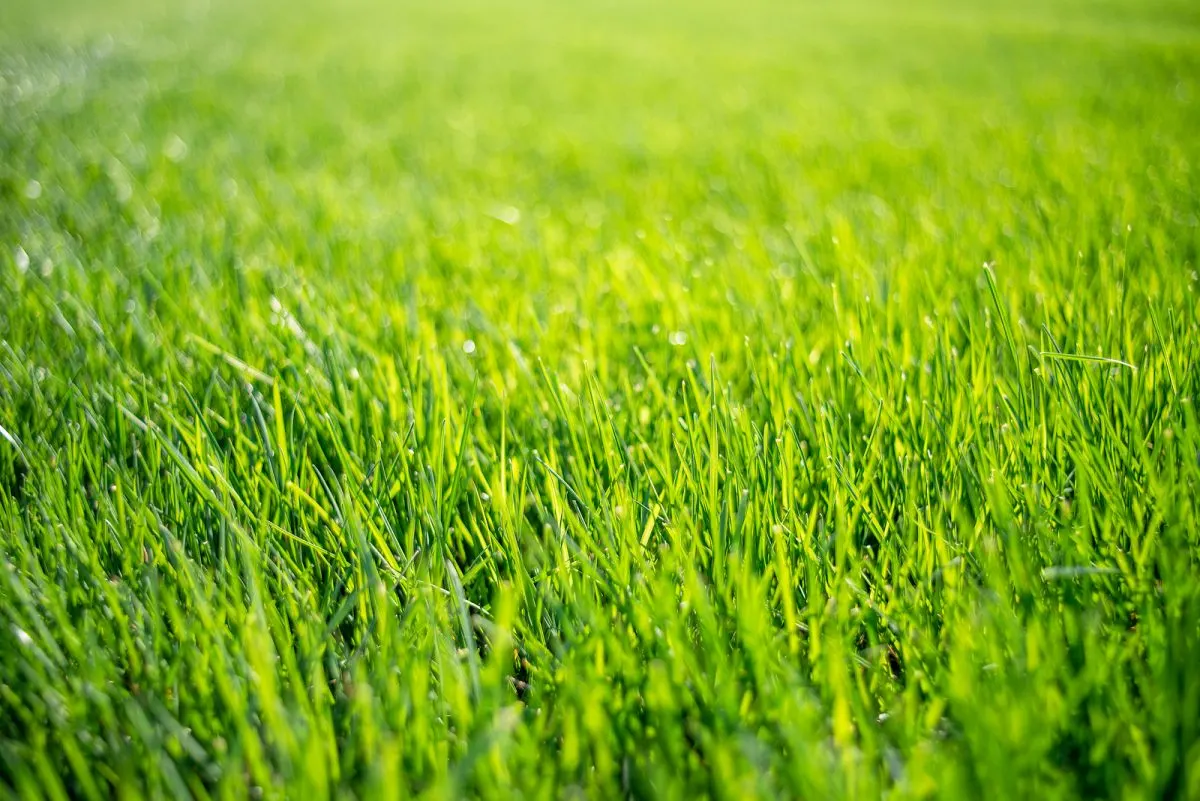
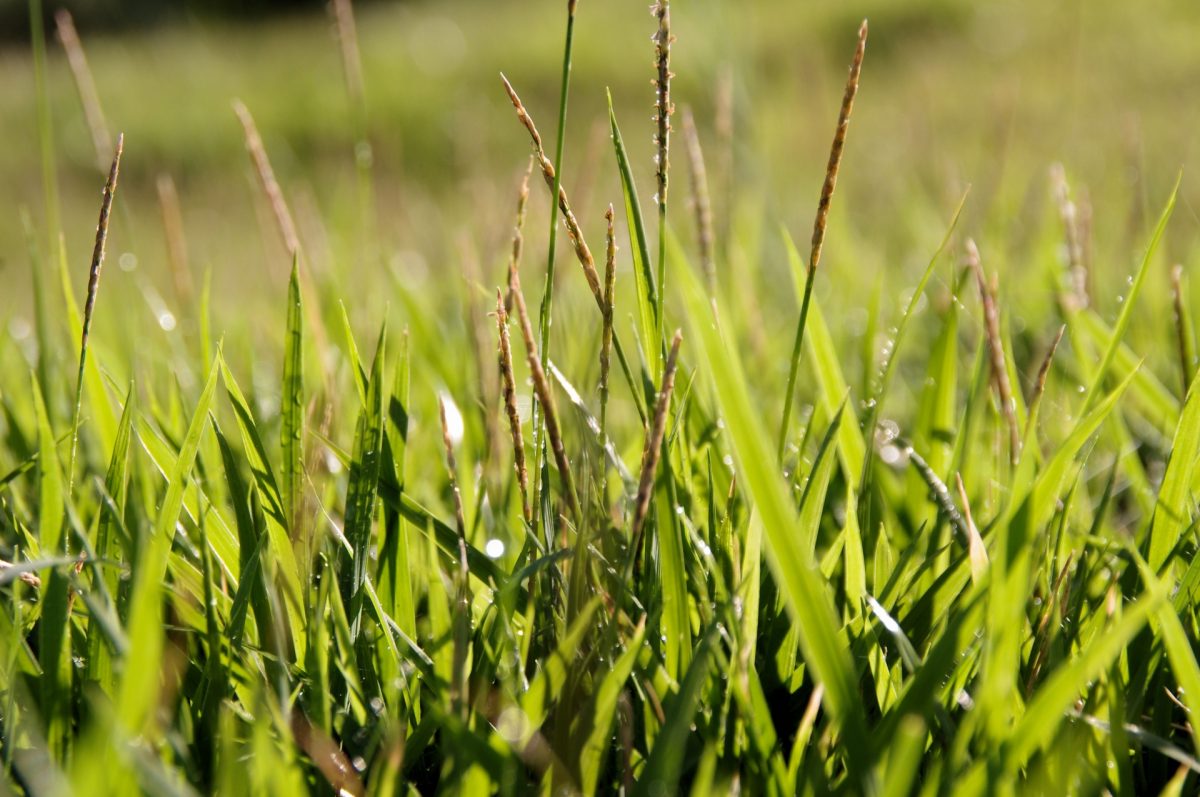

0 thoughts on “How Long Can Giardia Live On Grass”